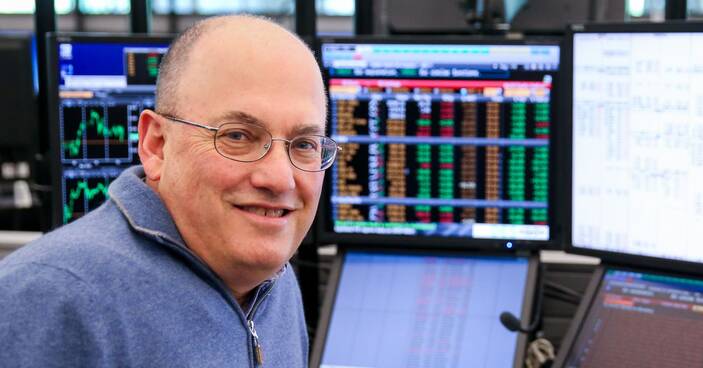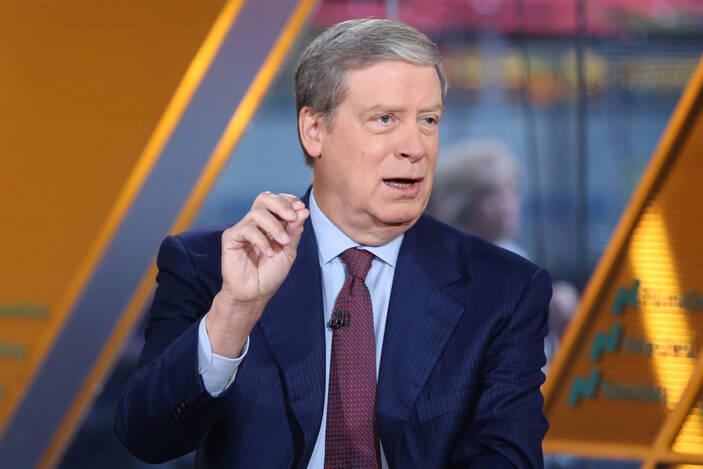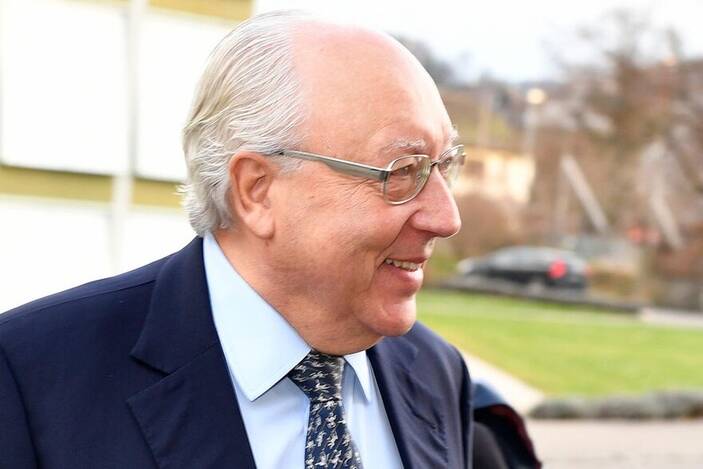According to the criterion of performance, the most well-known of the financial market wizards is undoubtedly trader Ed Seykota. During the period from 1972 to 1988, he increased his clients’ capital by 250,000%. Ed Seykota’s net worth amounts to $5.1 billion.
Seykota developed the first computerized trading system, at that time based on calculations made on strips of paper, and taught new traders. He has lived his whole life for the financial markets, but he is not that well known as a trader. This is one more reason for us to get to know this interesting personality.
The beginnings of Ed Seykota’s trading career
Edward Seykota, better known as Ed Seykota, was born in Holland on August 7, 1946. He spent his early years in Voorburg and studied at the University of The Hague. After that, the Seykota family moved to the United States. Edward received his first lessons in the financial markets from his father: buy if the price breaks a box higher, and sell if the price breaks a box lower.
In 1969 Ed Seykota graduated in electrical engineering and management at MIT. During his studies, he had other experiences in the financial markets: in particular, at the end of the 1960s, the American Treasury Department stopped selling silver, and Ed Seykota anticipated the fluctuations in the trading.
The first loss of the young student started towards a fascination with the markets, which influenced all his life. After reading an article by Richard Donchian about trading systems with moving averages, Ed Seykota has one certainty: Wall Street is calling him.
Ed Seykota trader – The road to becoming a trader
Ed Seykota got his first job in finance in the very early 1970s as an analyst with a fairly well-known broker. At that time, there was no computer, but Seykota had some notions in handling data from large-capacity computers at MIT.
Father of computerized trading
His idea was to work on money management, risk management, and financial data with computers and sell these results to clients. But instead, he had the task of observing the commodities market and, in particular, that of young chickens with a maximum weight of 2.5 pounds. In this stagnant market, Ed Seykota wrote a letter to his clients with investment advice not to invest. Because of this, he was fired and changed jobs.
The new brokerage firm he worked for was a pioneer in market data research. Seykota retrieved market data he found in the Wall Street Journal worked on hole cards which he later inserted into his IBM 360/65 computer.
His idea was to develop an automatic trading system based on the results of Richard Donchian. Donchian was using the crossover of the 5-day and 20-day moving averages as a trading signal. Seykota then developed this idea further and obtained good results with exponential moving averages (EMA).
At that time, he was introduced to Michael Marcus, and they both founded a company to manage their clients’ accounts with a mechanical trading system. This partnership was a success. During the period from 1972 to 1988, Ed Seykota notably grew the account on the trade of his clients from 5000 dollars to more than 15 million dollars.
This is an exceptional result because, at that time, the price movements of the shares and the corresponding futures were very moderate. At the start of 1972, the Dow Jones index was trading at 889 points and then wavered sideways for the next ten years before rising 2000 points at the start of 1982.
The Secret of Ed Seykota’s Trading Style and Strategy
One of the rare Ed Seykota interviews revealed the secret of his success as follows: “The biggest secret about success is that there is none.” Nevertheless, let’s take a closer look at the mystery of his first developed system that we can use on the S&P 500.
The essential filter to enter a position is the existence of a trend. Charles Dow was the first analyst to define a trend with higher highs and lower lows for an uptrend and vice versa.
Ed Seykota extended this definition to the language of computers. Now a trend only existed in the past. The description of a trend for the present and for the future is only a projection of possibilities.
Seykota used the Rate of Change indicator on stock prices.
For example, let’s take a stock closing today at $20. The exponential moving average for this stock five days prior was $10. The daily change is calculated by the difference between the two prices, divided by the number of days. The result is then 2 USD per day respectively 20%. The stock will likely move with a 20% Rate of Change over the next five days.
If these probabilities come true, you will agree that the trend of the underlying is valid.
His own boss
After a few years in partnership with Michael Marcus, Ed Seykota created his own trading company and managed his own account as well as that of a few clients. He works from his home in Incline Village in the US state of Nevada.
The mechanical system managed to survive the major crisis of the early 80s, for example, the “Black Monday” of October 19, 1987, with small losses.
Seykota as Youtuber and Writer
Seykota helps interested traders through his website and continues his main hobby of music. Ed Seykota Youtube career is also in the limelight. He puts his most important trading rules to music with his group, the Whipsaw Country Song.
He is also the author of the book Ed Seykota “The trading tribe.” In Ed Seykota’s new book, his focus is on the complexity of investing and trading in various markets.
Ed Seykota has always respected and followed his system in all periods of market ups and downs. In recent years, he has continued to develop portfolio management and diversification systems. This passion continues to fill his life with this leitmotif: “everyone gets what they want.”














